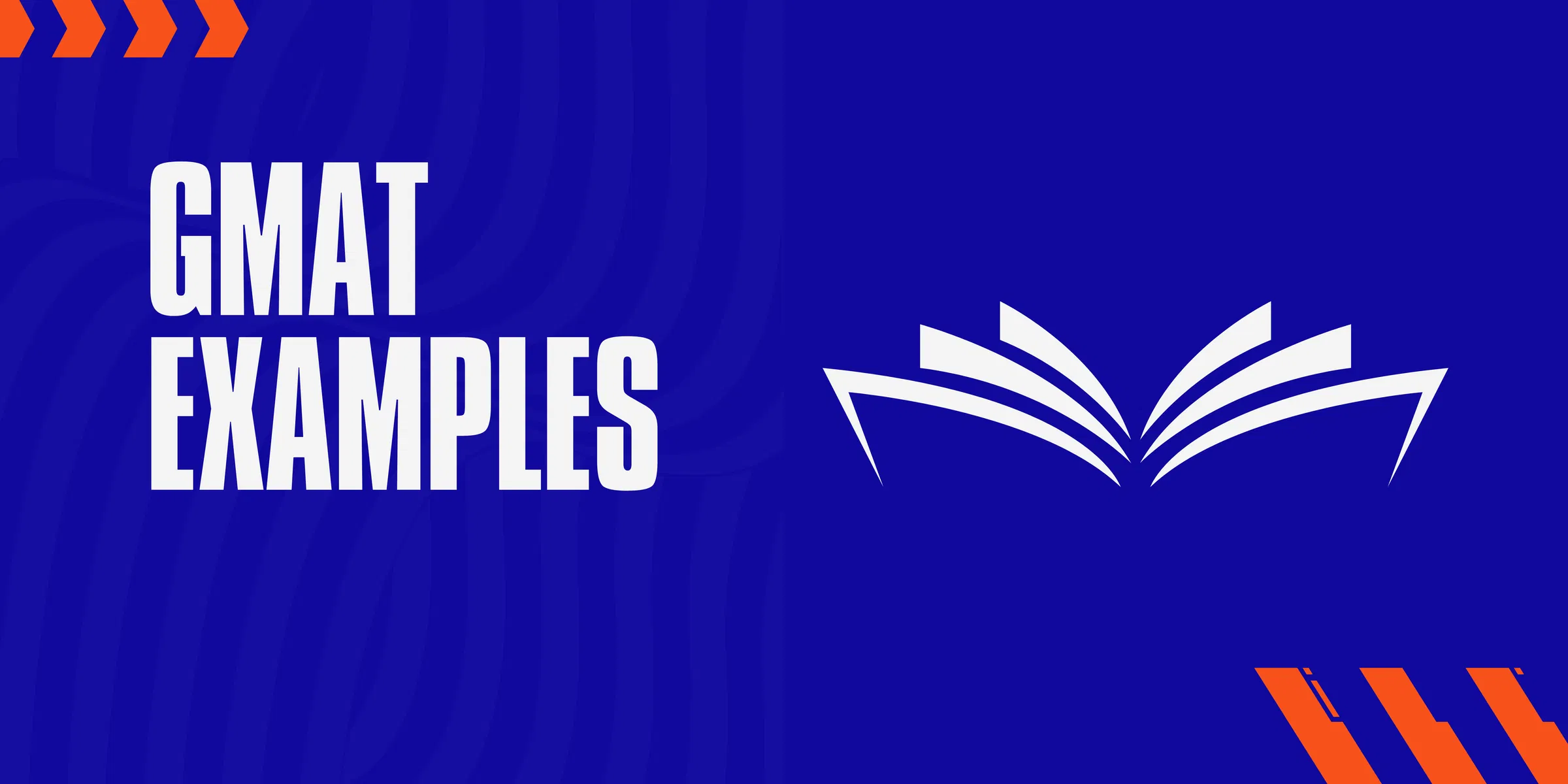The barrier to be cleared before going deeper into the process of applying to your dream MBA school. Schools across the US, Europe and even certain popular ones in India, consider the GMAT exam in their admission process. I was finding it hard to keep with the schedule and practice for my exams regularly. This is an attempt to create notes and at the same time, break down the problems and solve them using frameworks.
The old GMAT exam scored out of 800 and has broadly 3 sections + AWA. Quantitative Reasoning, Verbal Reasoning, Integrated Reasoning and finally Analytical Writing Assessment complete the entire exam. Both IR and AWA are not part of the 800 scores for the exam. The two-section scores are reported separately.
The new Focus Edition introduced in 2024 now includes 3 sections with additional Data Insights Section and the exam duration has been reduced to 2 hours 15 mins. The Analytical Writing Section is done away with!
This is an adaptive test where the difficultly of the questions undergoes changes as you get the questions correct or wrong. This introduces a greater range of difficulty and thereby allows the exam to rank the 200,000 odd people attempting it. It’s critical to finish all questions in the exam. So, if you are down to the last 10 seconds allocated for the specific question. You might wanna guess and move forward.
Quantitative Reasoning
Has roughly 21 questions with roughly 45 minutes to spare.
- Problem Solving: The idea is to use basic maths intuition and concepts to solve certain puzzle type questions. Not very different from high school type of questions.
- Data Sufficiency: The more algebra oriented section of the exam. The goal is to assess if given a question and the choice. Do the choices have sufficient information to be able to answer the core question.
Verbal Reasoning
Has 23 questions with upto 45 mins to answer this part of the section.
Probably the more difficult section in the GMAT exam, if an international student. Most internationals find the quant section a breeze against the verbal section, which can be a bit intimidating. This is especially true for Indian and Chinese students.
- Reading Comprehension: Read a section and comprehend the basis thesis/argument behind it. The goal is to be able to answer a bunch of following questions based on this section.
- Critical Reasoning: Similar to reading comprehension but does not have any kind of generic reading material. Questions have specific reading material and the choices either argue for, against the material. The goal is to identify the most appropriate choice out of those.
Integrated Reasoning [Discontinued]
The recently introduced section which involves questions from both quantitative and verbal aspects of the problem. Section as of now contains 12 questions which has multiple choices and answers to the questions. 30 minutes to solve the section.
Analytical Writing Assessment [Discontinued]
An essay writing section has a circumstance as a question. The requirement is being able to write a coherent argument and layer the essay through logical steps. The exam gets scored by both a human and a machine. The goal is not screw up. Largely a 1-0 signal, unlike the overall 800 scores.
Data Insights
This new section has been introduced and the above two Analytical Writing/Integrated Reasoning have been done away with in the latest addition of the exam! We have 45 mins to finish 20 questions in this section.
